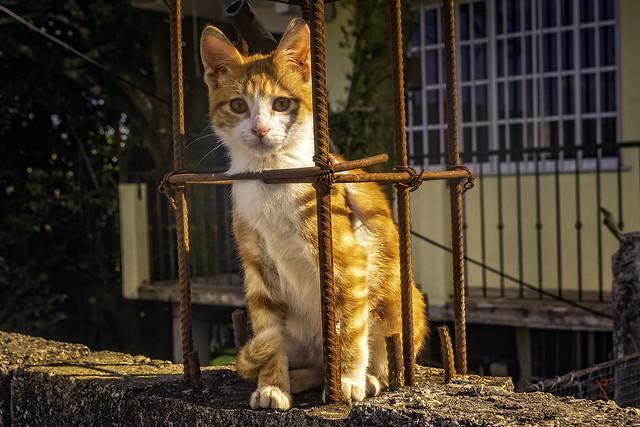Comala
Overview
Overview of Comala
Nestled at the foot of the Volcán de Colima in the central-western region of Mexico, Comala is a charming and picturesque town in the state of Colima. Known for its white-washed buildings adorned with vibrant blue accents, Comala is often referred to as the "Pueblo Blanco" or "White Town." This delightful village is steeped in history and culture, offering travelers an authentic glimpse into traditional Mexican life.
Comala's atmosphere is serene and inviting, characterized by cobblestone streets that wind through the town, lined with lush greenery and colorful flowers. The sound of church bells fills the air, and the warm, friendly smiles of the locals make visitors feel right at home. The town's central plaza, or zócalo, is a hub of activity, where people gather to enjoy the shade of its large trees, sip on refreshing drinks, and watch the world go by.
Cultural Heritage
Comala is rich in cultural heritage, celebrated for its traditional music, especially the haunting sounds of the "sones" and "jarabes," which often echo through the streets during festivities. The town is also known for its artisan crafts, particularly pottery and textiles, which reflect the craftsmanship and creativity of the local artisans. The annual celebrations of the Day of the Dead showcase the town's deep-rooted customs, where families honor their deceased loved ones with beautifully decorated altars and colorful marigolds.
The town's literary significance cannot be overlooked, as it served as the inspiration for renowned Mexican author Juan Rulfo's acclaimed novel "Pedro Páramo." Rulfo's portrayal of Comala as a mystical place filled with ghosts and memories has attracted literary enthusiasts and visitors alike, eager to explore the landscapes that inspired his writing.
Historical Significance
Comala's history dates back to pre-Columbian times, with evidence of indigenous settlements before the arrival of the Spanish in the 16th century. The town was officially founded in 1523, and over the centuries, it became a vital agricultural center, producing coffee, sugar cane, and various fruits. The colonial architecture that lines the streets tells tales of its past, with beautiful churches such as the Templo de San Miguel Arcángel, which features stunning baroque details and serves as a focal point for the community.
Exploring the Casa de la Cultura allows visitors to delve deeper into Comala's historical narrative. This cultural center hosts art exhibitions, workshops, and lectures, promoting the appreciation of local history and traditions. A visit to the nearby Archaeological Zone of La Campana offers insights into the region's ancient civilizations, showcasing artifacts and remnants of pre-Hispanic cultures.
Local Characteristics
The local cuisine is a highlight for any traveler, with Comala's culinary scene offering a delightful mix of traditional dishes. Street vendors and local restaurants serve up mouthwatering specialties like "tacos de asada," "tamales," and "pozole," accompanied by refreshing drinks made from local fruits. The town's vibrant markets are perfect for sampling these delicacies and engaging with friendly vendors eager to share their culinary secrets.
Nature lovers will find Comala's surroundings equally captivating. The lush landscapes are ideal for hiking and exploring, with trails leading to stunning viewpoints of the Volcán de Colima and the picturesque countryside. The nearby Laguna de Carrizalillo is a tranquil spot for relaxation and birdwatching, making it a perfect escape from the hustle and bustle of city life.
In Comala, every corner tells a story, and every experience is an opportunity to connect with Mexican culture and heritage. Whether you're wandering through its quiet streets, savoring its culinary delights, or soaking in its rich history, Comala promises a memorable journey into the heart of Mexico.
Other towns or cities you may like in Mexico
Explore other cities that share similar charm and attractions.



